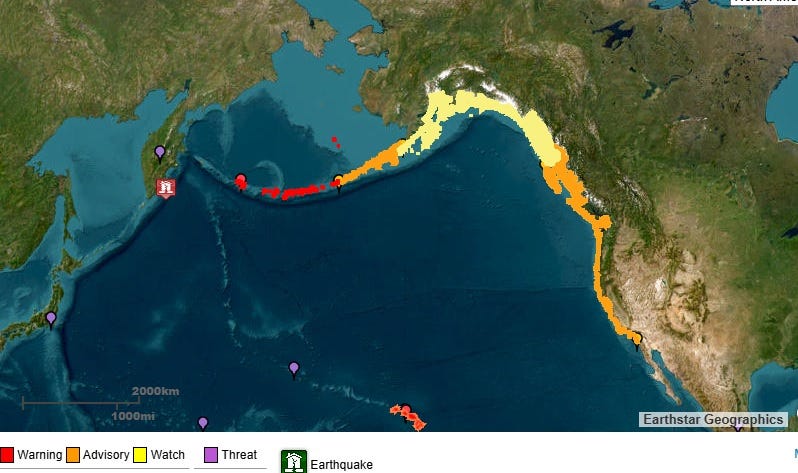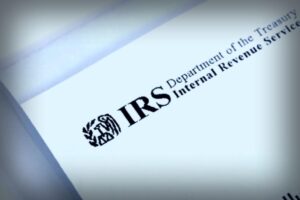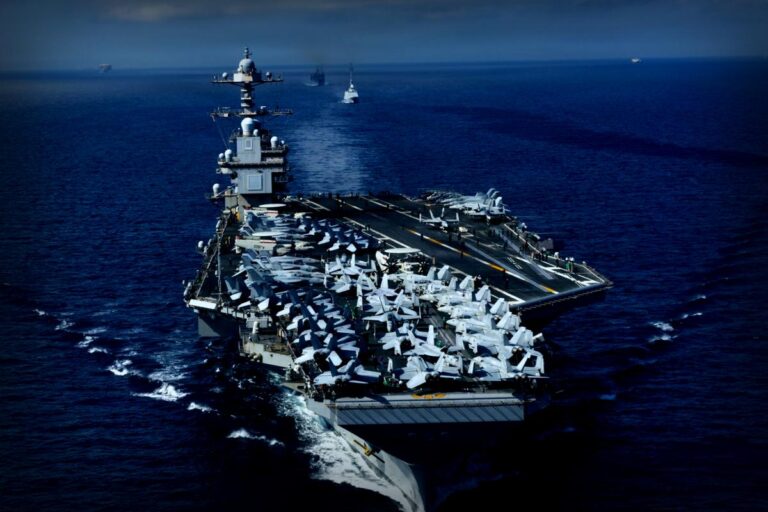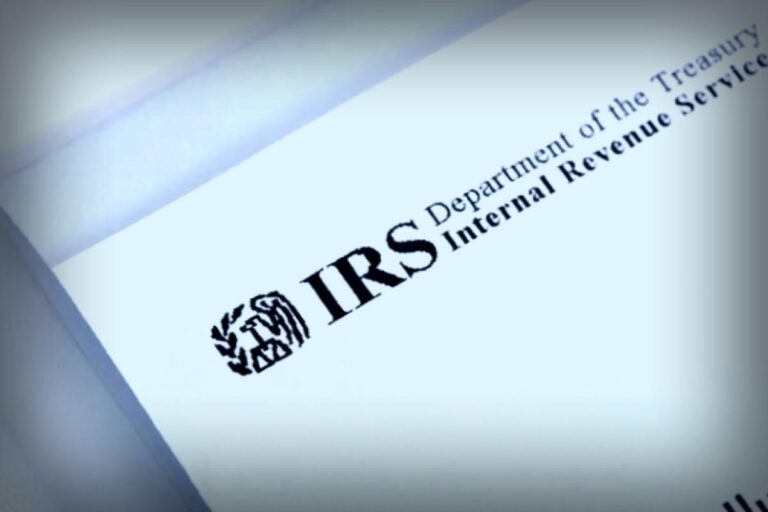On June 29, a powerful magnitude 8.8 earthquake rocked the waters around Russia’s Kamchatka Peninsula, triggering tsunami alerts across Alaska, Hawaii, and the contiguous West Coast of the U.S.
The National Tsunami Warning Center (NTWC) issued various warnings, advisories, and watches following the event. The quake hit at around 7:24 p.m. ET, approximately 78 miles southeast of Petropavlovsk-Kamchatsky, as per the U.S. Geological Survey.
Officials expressed concern about the tsunami threat. Meteorologist Reid Wolcott from Seattle stated, “This is a significant, real event that we are monitoring closely.” He highlighted that the biggest concern is currently for Alaska and the areas close to the earthquake’s epicenter, but further observations are necessary to evaluate the potential risk further south.
The Hawaii Emergency Management Agency supported this caution, indicating in a statement that a tsunami could very well have been generated by the quake, posing a risk to coastal regions far beyond the immediate area.
As for potential tsunami impacts, waves may begin reaching Kodiak, Alaska by 8:20 p.m. ADT. Meanwhile, California’s La Jolla could see activities as soon as 1:15 a.m. PT. The weather service has urged people not to underestimate any tsunami, warning that even small waves can be hazardous.
Where Have Alerts Been Issued?
Here’s a breakdown of where tsunami alerts have been put in place across the U.S.

Alaska’s Aleutian Islands
Advisories and warnings have been released for the remote Aleutian Islands. Tsunami activity is anticipated as follows:
- Shemya Island: potential activity starting at 4:46 p.m. ADT
- Adak Island: tsunami forecasts commencing at 5:46 p.m.
- Saint Paul Island: activity expected at 7:06 p.m.
Residents are urged to stay away from the water’s edge and to keep clear of beaches, marinas, and inlets.
The National Tsunami Warning Center estimates potential wave heights for various locations:
- Adak: Rise between 1.2 to 2.2 feet
- Unalaska, Saint Paul, Sand Point, Cold Bay: Less than 1 foot expected
Hawaii
Tuesday evening, July 29, a statewide tsunami warning went into effect across the Hawaiian Islands due to expected coastal damage.
“HAWAIʻI IS IN A TSUNAMI WARNING WITH FIRST WAVE IMPACT AT 7:10 PM HST,” reported the Hawaii EMA via an update on social media. Sirens were scheduled to activate at 5:10 PM HST.
Amid rising urgency, the Hawaii Emergency Management Agency advised, “Take action to protect lives and property. Updates will be issued hourly from now on.
Washington State
A tsunami advisory was also released for the entire West Coast, impacting the coastal regions of Washington, Oregon, California, and southern Alaska.
According to the National Weather Service, there will not be widespread flooding across advisory areas.
Projected Tsunami Wave Heights in Washington:
- Neah Bay: Under 1 foot
- Long Beach, Westport, Port Angeles, Port Townsend, Bellingham: Less than 1 foot
- Moclips: Waves between 0.7 to 1.3 feet
Oregon and California
A tsunami warning has been implemented for coastal areas from the state line border down to Cape Mendocino in Northern California.
In San Diego, the weather service cautions that, while no systemic inundation is forecasted, those in the coastal advisory zones should stay off the beaches and avoid harbors, as significant currents may still arise.
“Powerful currents are anticipated off our shores,” added meteorologist Dial Hoang from the San Francisco office. “In 2011, a tragic incident in Crescent City demonstrated the perils of approaching tidal events while they are occurring.” His colleague remarked that the tsunami’s timing with the high tide may worsen its potential impact.
Predicted Tsunami Waves in Oregon:
- Port Orford: Expected between 1.0 to 1.8 feet
- Charleston: Below 1 foot
- Brookings: Projected between 0.8 to 1.5 feet
Predicted Tsunami Waves in California:
- Fort Bragg: Between 0.8 to 1.4 feet
- Crescent City: Waves estimated between 2.9 to 5.4 feet
- Monterey, San Francisco, Santa Barbara, Los Angeles Harbor, Newport Beach, La Jolla, Oceanside: Expected to be less than 1 foot
- Port San Luis: Between 2.0 to 3.8 feet
Tsunami Alerts for Pacific Islands
An alert has also been issued for the Pacific Islands, with potential threats to the Northern Mariana Islands including Guam, Rota, Tinian, and Saipan.
Understanding Tsunami Alerts
The National Weather Service rates tsunami threats based on their severity. There are four primary alert levels:
- Tsunami Warning: “Immediate action required造成??茸! A tsunami causing widespread flooding is imminent or occurring, with coastal flooding possible for several hours.”
- Tsunami Advisory: “Caution needed—Tsunami activity is expected, which may be hazardous for those near or in the water. Beach and harbor inundation is a possibility.”
- Tsunami Watch: “Stay alert—a tsunami is possible following a distant earthquake.”
- Tsunami Information Statement: “All clear—although an earthquake has occurred, there is no immediate danger of a tsunami.”
This report has been updated with the most current information available.
Originally published by USA TODAY: Tsunami alerts following earthquake off Russia’s coast




















